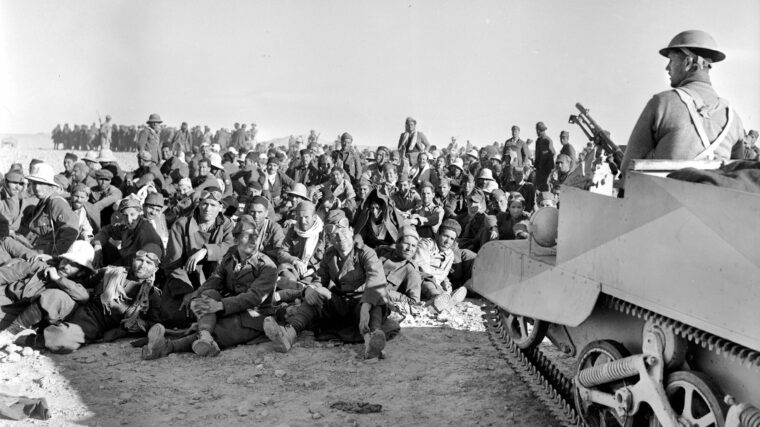
Archibald Wavell: Hero and Scapegoat
By Michael D. HullNo Allied field commander in World War II shouldered such heavy burdens, with so few resources and over such a wide area, as did British General Archibald P. Read more

No Allied field commander in World War II shouldered such heavy burdens, with so few resources and over such a wide area, as did British General Archibald P. Read more

The world’s first combat submarine was something of an afterthought on the part of its creator. The revolutionary craft, known as the Turtle for its odd profile, was the progeny of David Bushnell, who was born in 1742 in West Saybrook, Conn. Read more
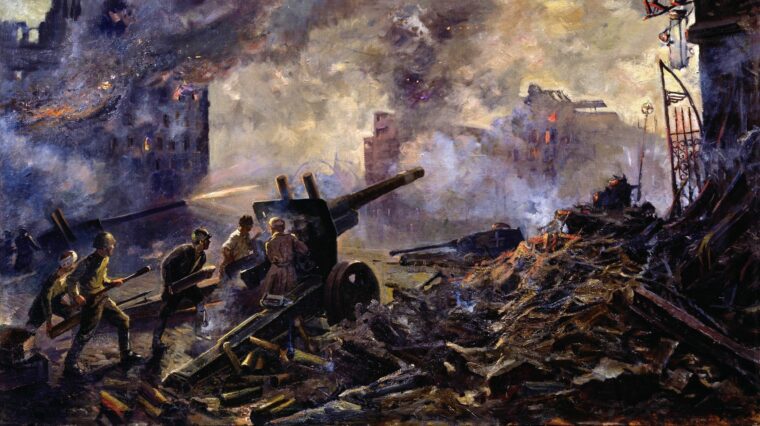
By the end of March 1945, the Western Allied armies were across the Rhine, the last major geographical barrier to an all-out final assault against the Third Reich. Read more

By the middle of the 4th century bc, the Roman Empire had steadily expanded its reach into the southern half of Italy. Read more
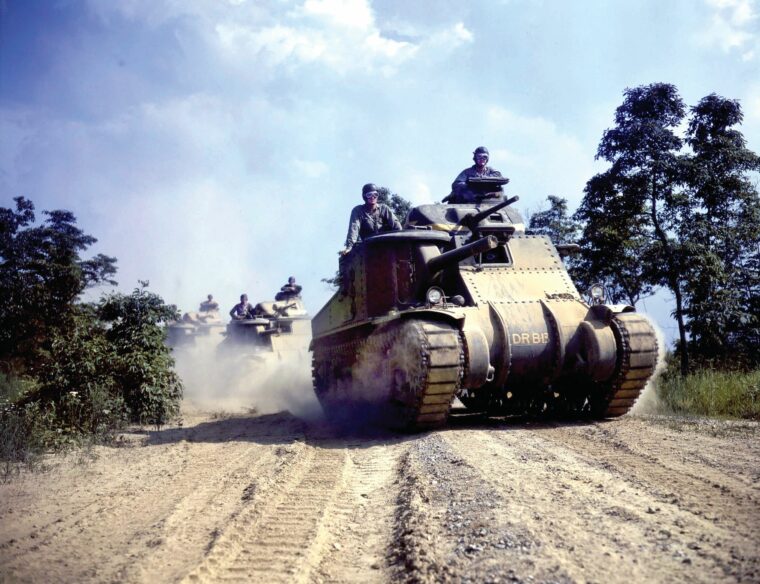
Standing 10 feet tall, equipped with both a 75mm and 37mm, an impressive mass of steel and rivets, the Grant and Lee M3 tank seemed like the definitive answer to Hitler’s raging panzer tanks. Read more

With the exception of the French Foreign Legion, the concept of the mercenary, or soldier of fortune, seemed extinct after World War II. Read more
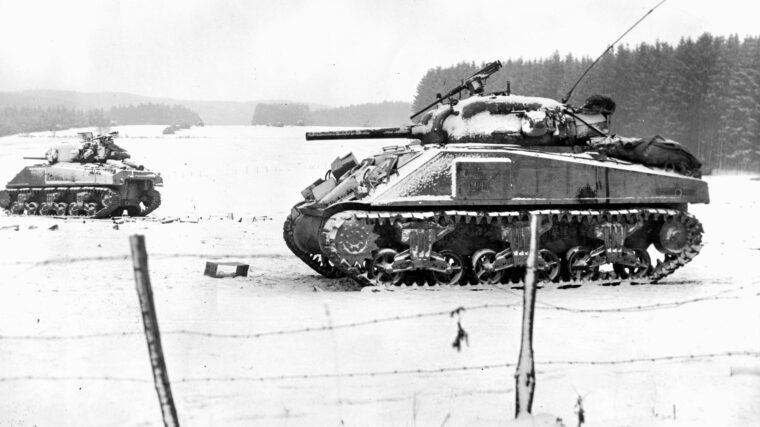
This article is excerpted from Kevin Hymel’s latest book, Patton’s War: An American General’s Combat Leadership, Volume 2: August—December 1944, published by University of Missouri Press. Read more

On the morning of February 23, 1945, on the tiny Pacific island of Iwo Jima, a 40-man patrol gathered at the 5th Marine Division headquarters for their final briefing with battalion commander Lt. Read more
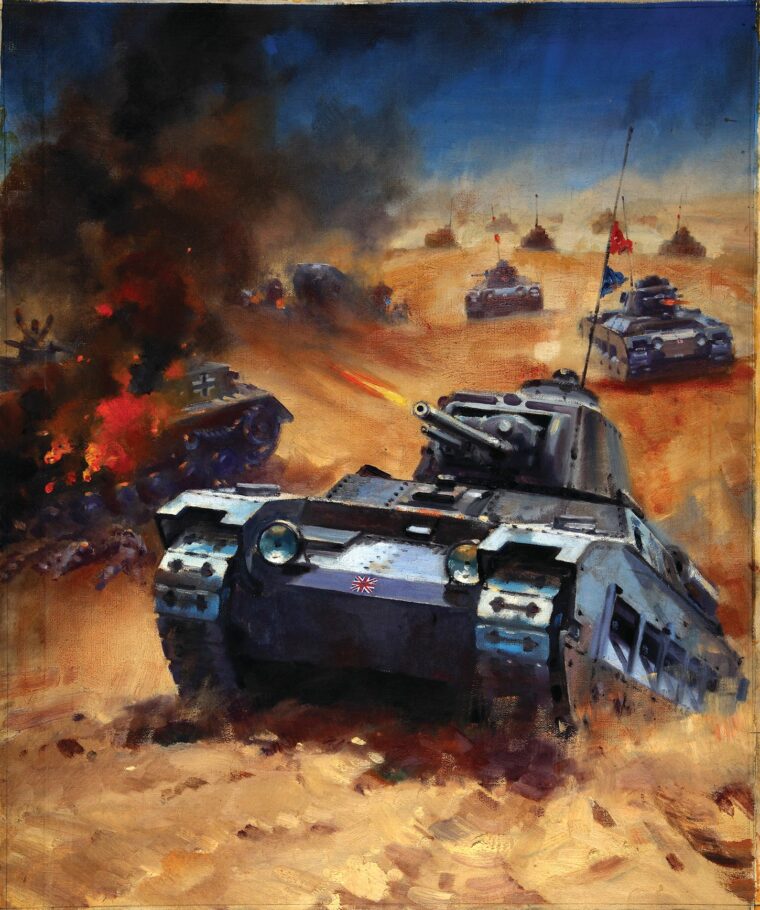
Desert Armour: Tank Warfare in North Africa, Beda Fomm to Operation Crusader, 1940-41 (Robert Forczyk, Osprey Books, Oxford, UK, 2023, 336 pp., Read more

On November 8, 1861, two distinguished diplomats from the newly established Confederate States of America were arrested and removed from the British mail steamer Trent by the American ship San Jacinto in the Bahama Channel near Havana, Cuba. Read more
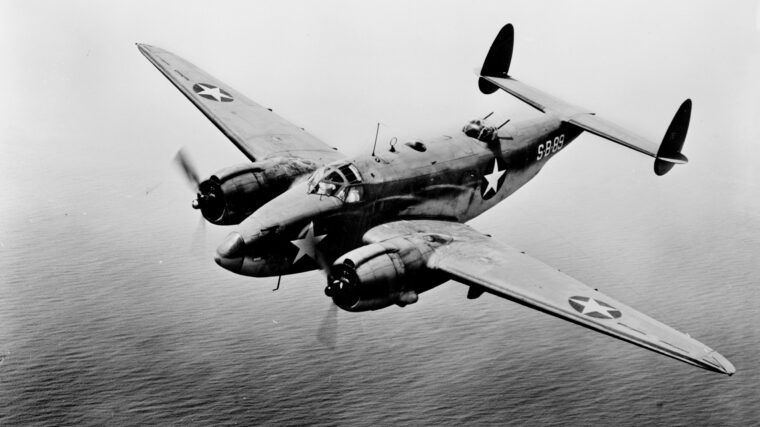
It didn’t take long for Rear Admiral William F. Halsey, Jr., to notice how exhausted the men all seemed. Read more
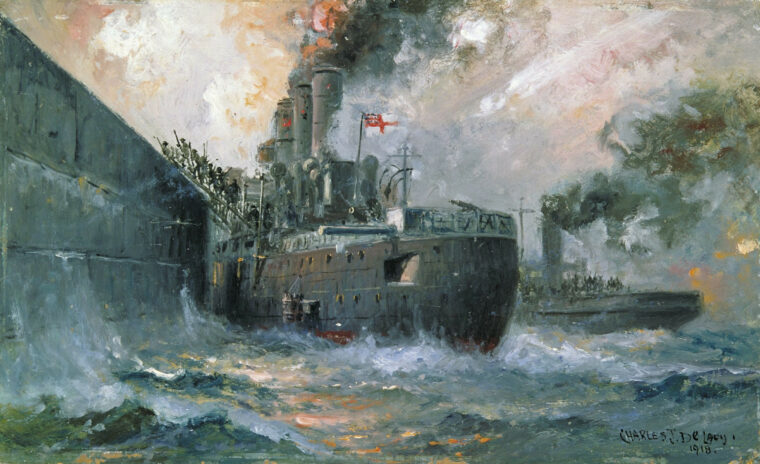
In the spring of 1918, World War I was well into its fourth year, and still the armies struggled and died in the glutinous mud of Flanders. Read more
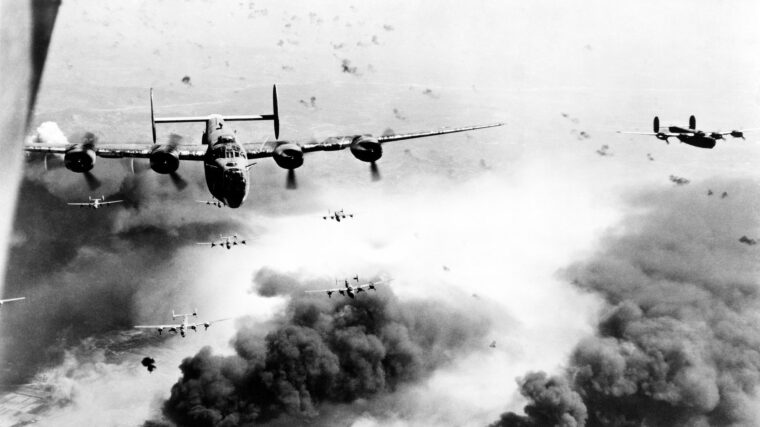
Throughout World War II the center of cryptography among the Allies was at the top-secret location at Bletchley Park outside London. Read more

By the late 15th Century, early firearm designers were already looking at ideas for semi-automatic weapons. The matchlock had been the first mechanism to make a shoulder-aimed firearm, the arquebus, possible. Read more
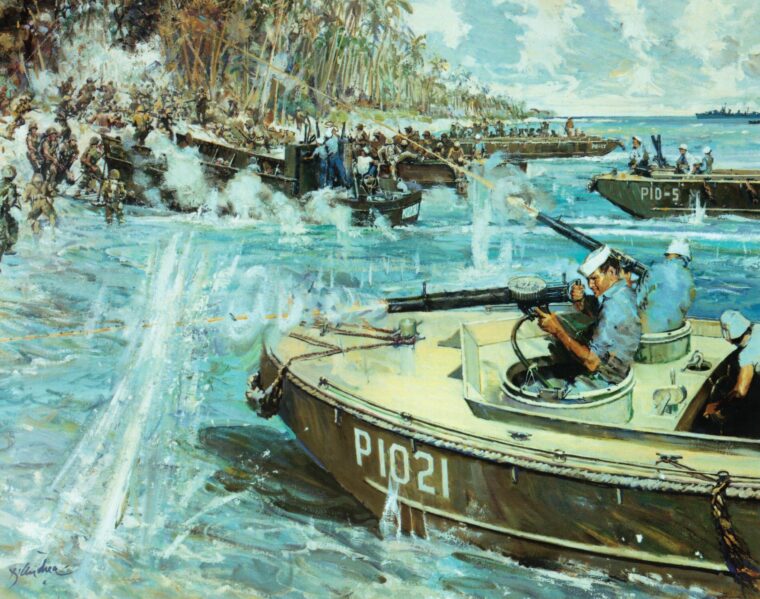
Recently put ashore, three companies of U.S. Marines advanced stealthily along the Matanikau River on the northern coast of Guadalcanal on September 27, 1942. Read more

Peering through a pair of field glasses, Major General Nathan Bedford Forrest perched in an oak tree on Missionary Ridge, overlooking the Tennessee town of Chattanooga, and observed a Union army in complete disarray. Read more
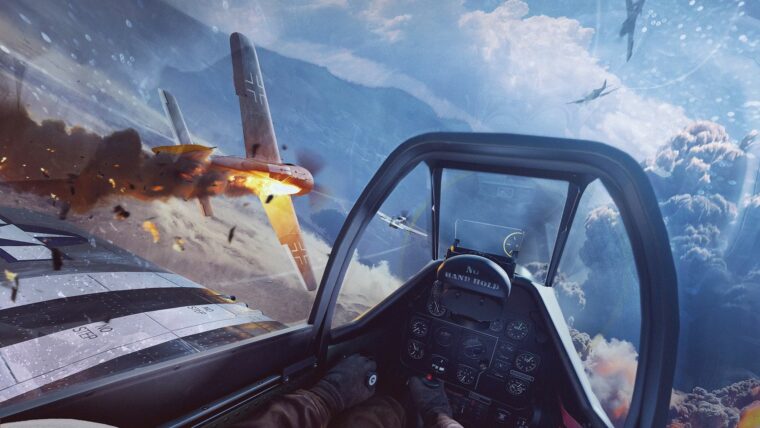
The War Thunder series recently revealed plans to deliver an aerial combat spinoff titled Aces of Thunder in the most immersive way possible. Read more
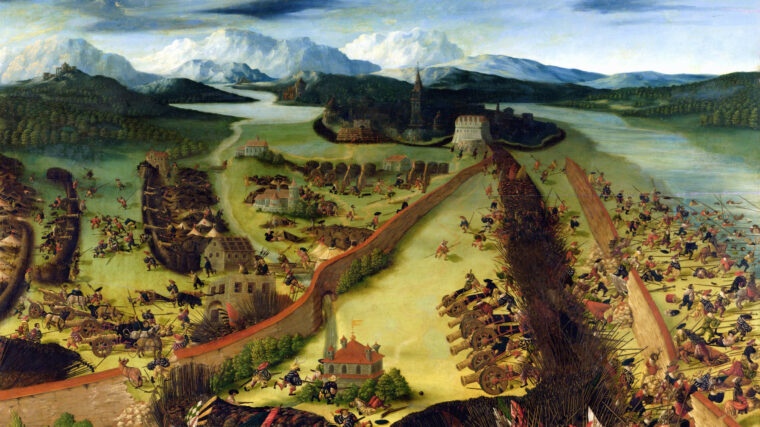
From the moment he was crowned King of France in 1514, Francis I shared the same obsession with the rich Italian territories of Milan and Naples that his predecessors, Charles VIII and Louis XII, had shown during their time on the throne. Read more
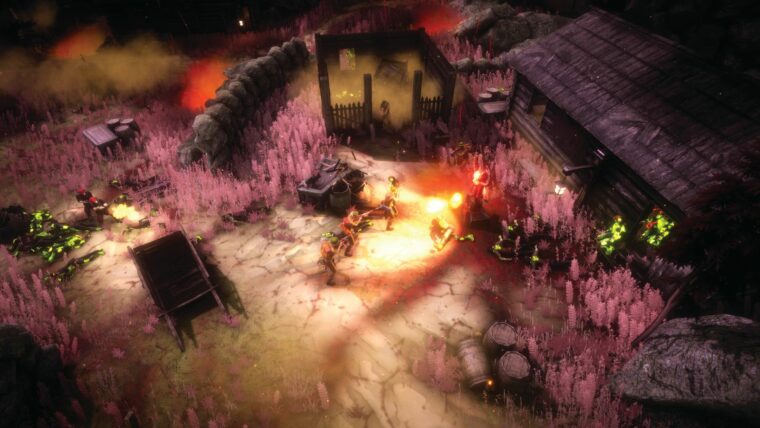
It’s time to venture into uncharted territory with narrative-driven alternate timeline tactical RPG Broken Lines, which just unleashed a DLC expansion titled The Dead and the Drunk. Read more
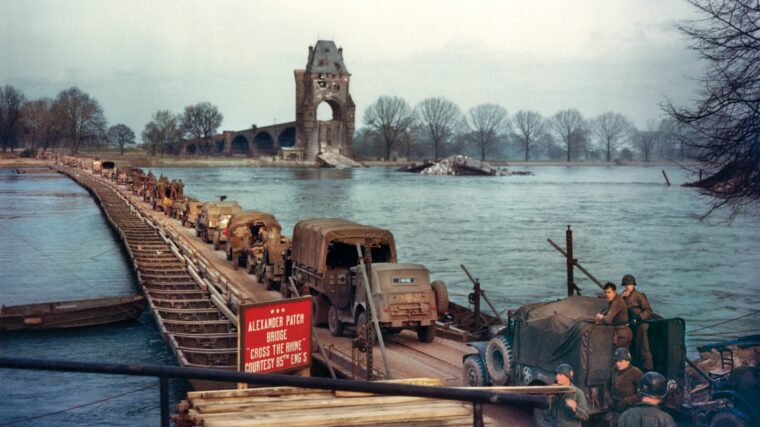
While British Field Marshal Bernard L. Montgomery’s 21st Army Group was marching across Belgium, Holland, and into northern Germany on his way to the Rhine, Omar Bradley’s 12th Army Group, made up of Courtney Hodges’s First and George Patton’s Third U.S. Read more